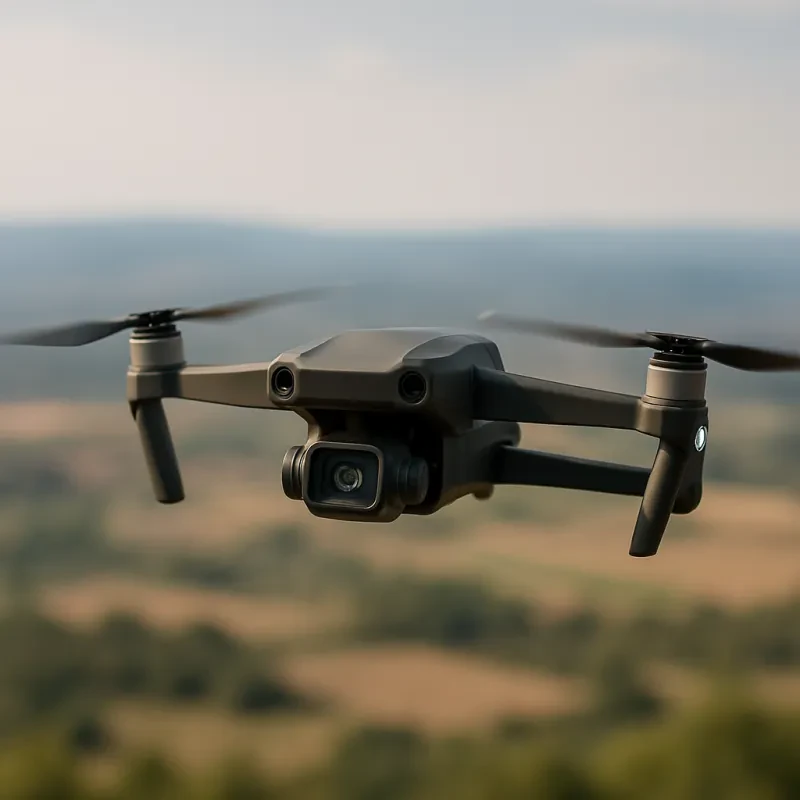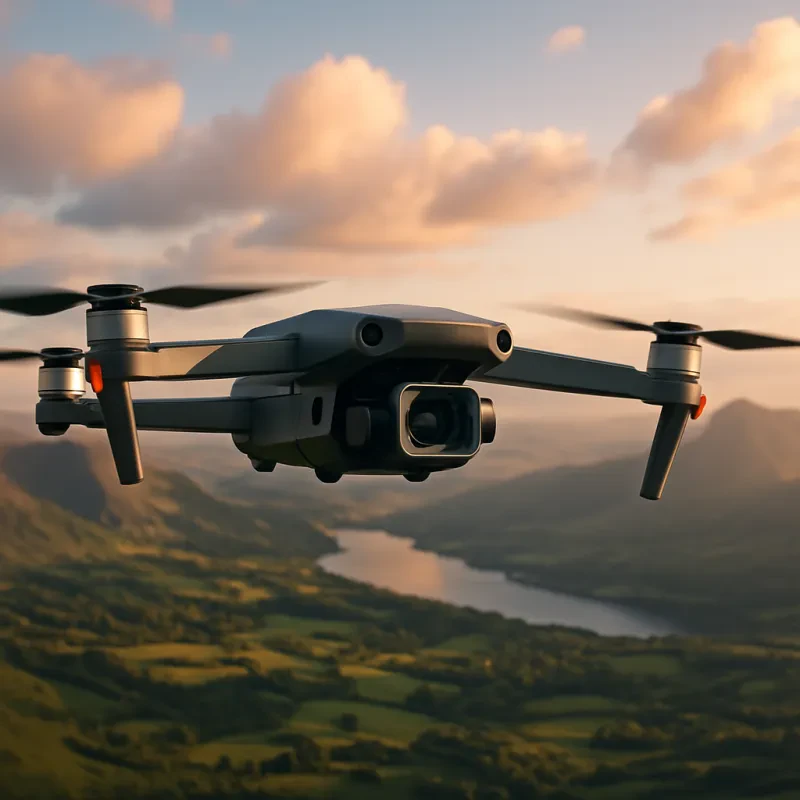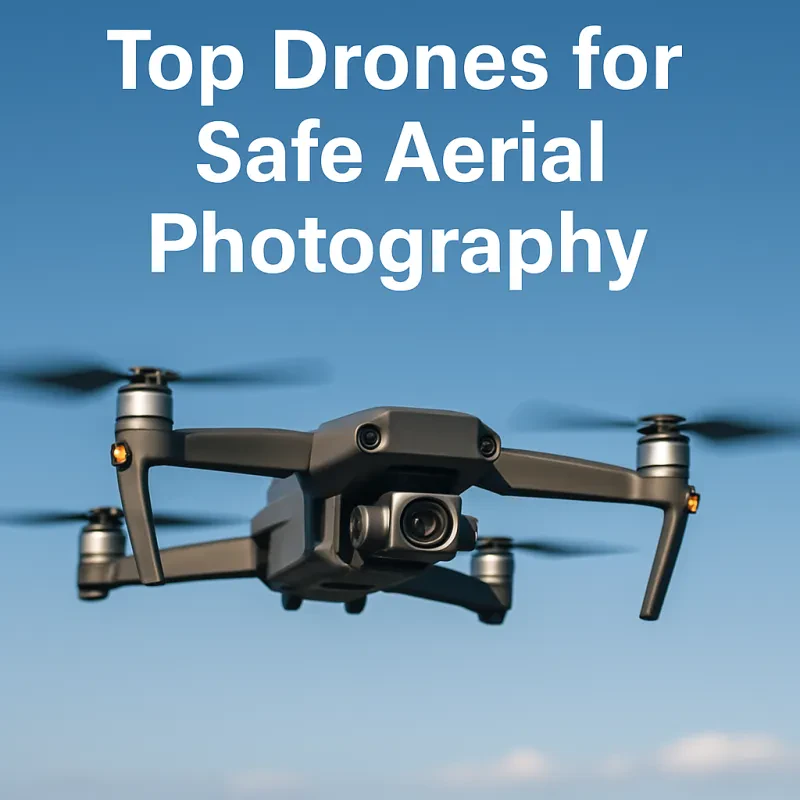Drone stunts are an exciting way to showcase your piloting skills and wow your audience. Whether you're a beginner or a seasoned pro, mastering the basics of drone stunts is essential for creating breathtaking aerial displays.
One of the key elements of drone stunts is mastering the art of precision flying. This involves knowing how to control your drone with precision and accuracy, allowing you to perform intricate maneuvers with ease. Practice flying your drone in an open area to get a feel for its responsiveness and maneuverability.
Another important aspect of drone stunts is understanding the different types of maneuvers you can perform. From flips and rolls to loops and spins, there are countless stunts you can master to add excitement to your drone flights. Experiment with different maneuvers to find what feels comfortable for you and practice until you can execute them flawlessly.
Top Stunt Maneuvers
1. Flips and Rolls - One of the most popular stunt maneuvers, flips and rolls can add a dynamic element to your flying routine. With a flick of the controller, your drone can perform impressive aerial acrobatics that will leave your friends in awe.
2. Power Loops - Power loops involve flying your drone in a vertical loop while maintaining forward momentum. This maneuver requires precision control and timing, but the end result is a visually stunning display of agility and skill.
3. Split S Turns - Split S turns are a more advanced stunt maneuver that involves flipping your drone upside down and then quickly pulling back on the control stick to create a smooth, arcing turn. This move requires quick reflexes and precise control, but the payoff is a breathtaking aerial display that will leave your audience speechless.
Safety Tips for Stunt Flying
Stunt flying with drones can be an exhilarating experience, but it's important to prioritize safety above all else. Here are some essential tips to ensure a safe and enjoyable stunt flying session:
1. Choose the Right Location: When performing stunts with your drone, it's crucial to select an open and unobstructed area. Avoid flying near people, buildings, or any other obstacles that could interfere with your flight path.
2. Check Your Equipment: Before taking off, always inspect your drone to ensure that it is in good working condition. Confirm that the batteries are fully charged, the propellers are secure, and the controls are functioning properly.
3. Practice, Practice, Practice: Stunt flying takes skill and precision, so don't expect to master it on your first try. Spend time practicing basic maneuvers such as flips, rolls, and loops before attempting more advanced stunts.
4. Be Mindful of the Weather: Wind and other weather conditions can significantly impact your drone's performance. Avoid flying in strong winds or adverse weather conditions that could compromise your control over the drone.
5. Respect Local Regulations: Before engaging in stunt flying, familiarize yourself with any local regulations or restrictions that may apply to drone flying. Always fly responsibly and be considerate of others in the area.
Mastering Tricks and Techniques
Mastering the tricks and techniques of flying a stunt drone can take your drone piloting skills to the next level. Whether you're a beginner or an experienced flyer, learning these advanced moves can add an extra thrill to your drone flying experience.
One of the first tricks you'll want to master is the flip or barrel roll. This move involves quickly flipping your drone in mid-air, creating a stunning visual effect. To execute a flip, push the right joystick in the direction you want to flip while simultaneously pushing the left joystick in the opposite direction. Practice this move in an open space until you feel comfortable performing it smoothly.
Another impressive trick to learn is the power loop. This move involves flying your drone straight up into the air, then flipping it over and diving back down in a complete loop. To execute a power loop, throttle up and pitch back as you climb, then roll your drone over and pitch forward to complete the loop. This move requires precise control and timing, so practice slowly at first before attempting it at full speed.


